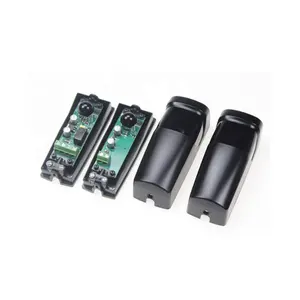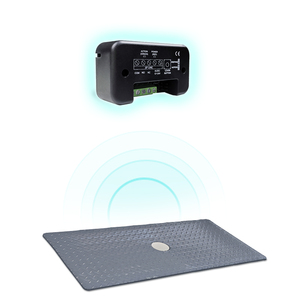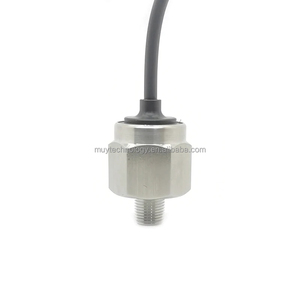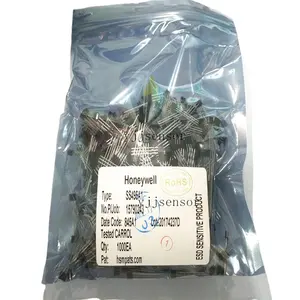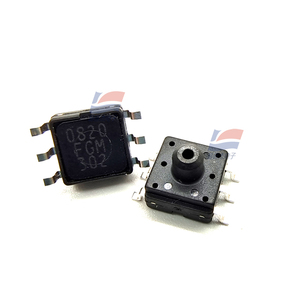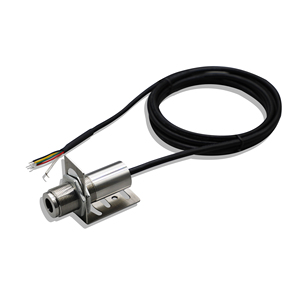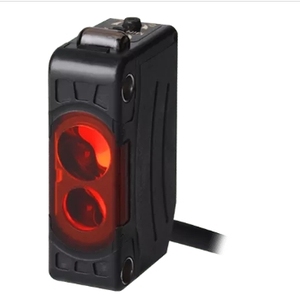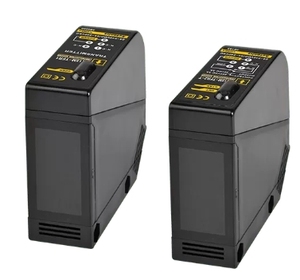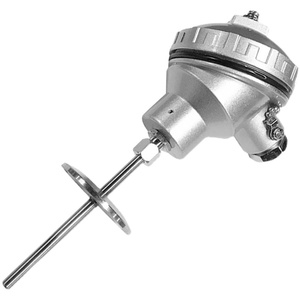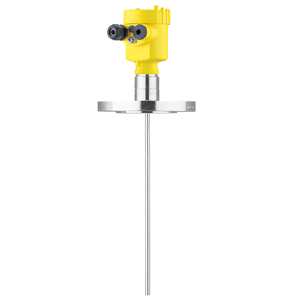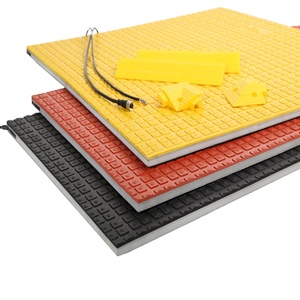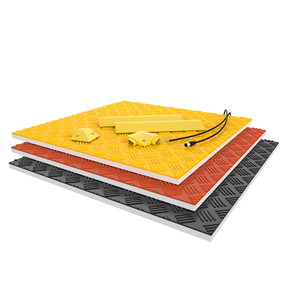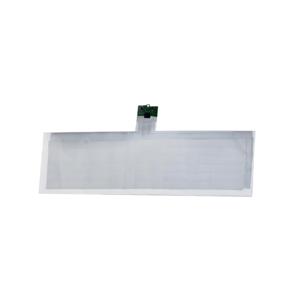Sensor Used In Industry




 Top sponsor listing
Top sponsor listing
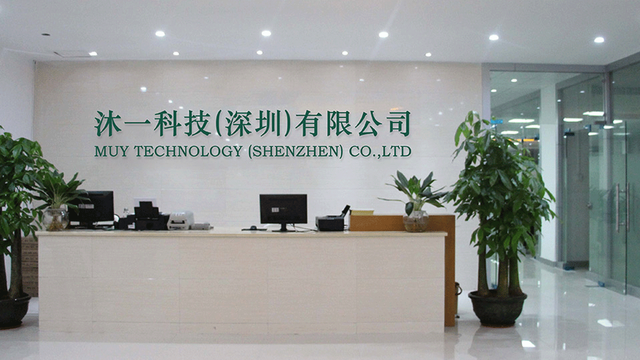












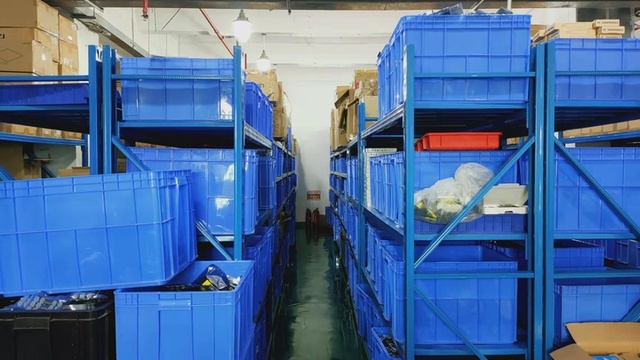





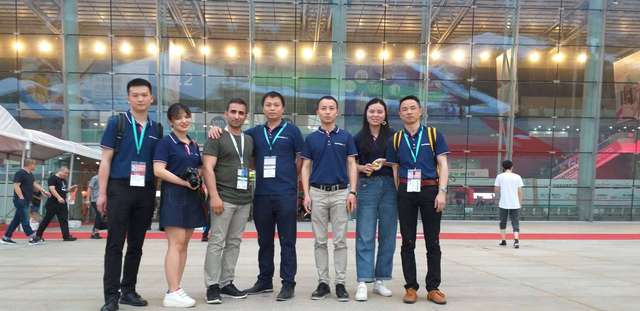
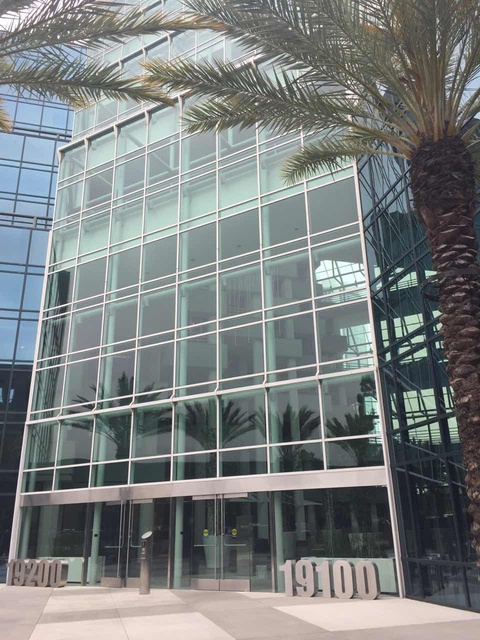










About sensor used in industry
Where to Find Industrial Sensor Suppliers?
China remains the central hub for industrial sensor manufacturing, with key production clusters in Zhejiang, Guangdong, and Jiangsu provinces. Ningbo and Hangzhou in Zhejiang specialize in safety and environmental sensors, supported by mature electronics supply chains and precision component suppliers within 30km radii. Shenzhen in Guangdong focuses on smart sensing technologies, including pressure, temperature, and conductivity sensors, leveraging localized R&D centers and automated assembly lines that reduce unit costs by 18–25% compared to non-specialized regions.
These industrial ecosystems enable rapid prototyping and scalable production through vertically integrated operations—from PCB fabrication to final calibration. Buyers benefit from streamlined logistics, access to certified engineering talent, and flexible MOQ structures. Typical advantages include lead times of 15–30 days for standard models, customization feasibility for signal output, cabling, and housing materials, and cost efficiencies driven by high-volume component sourcing. Export infrastructure is well-developed, with most suppliers experienced in global compliance requirements and international shipping protocols.
How to Choose Industrial Sensor Suppliers?
Effective supplier selection requires systematic evaluation across technical, operational, and transactional dimensions:
Technical Compliance & Application Fit
Confirm alignment with industry-specific standards such as IP ratings for environmental protection, IEC 60770 for transmitter accuracy, or ATEX/IECEx for hazardous zones where applicable. While formal ISO 9001 certification is not explicitly stated in available data, prioritize suppliers demonstrating documented quality control processes, especially for calibration and long-term stability testing. For export markets, CE marking and RoHS compliance are essential for regulatory clearance.
Production and Customization Capability
Assess supplier capacity based on product range depth and customization transparency. Key indicators include:
- Offerings spanning multiple sensor types (e.g., pressure, temperature, conductivity, proximity) indicating diversified technical expertise
- Explicit customization options: cable length, material grade (e.g., stainless steel, ABS), signal type (analog/digital), and labeling
- Availability of OEM/ODM services for branding, packaging, and integration support
- Response time ≤2 hours and on-time delivery rate ≥96% as proxies for operational reliability
Cross-reference listed product volumes—such as 200+ listings in core categories—with actual shipment history to validate scalability.
Transaction Risk Mitigation
Utilize secure payment methods with escrow functionality to align payment milestones with delivery and performance verification. Request sample units to test accuracy, response time, and durability under real operating conditions. Evaluate reorder rates (<15% to 25%) as an indirect measure of customer satisfaction and product consistency. Prioritize suppliers with sub-3-hour response times to ensure post-sale technical responsiveness.
What Are the Leading Industrial Sensor Suppliers?
| Company Name | Main Products (Listings) | On-Time Delivery | Reorder Rate | Avg. Response | Online Revenue | Customization Options |
|---|---|---|---|---|---|---|
| Ningbo Yoursensor Electronic Technology Co., Ltd. | Motion & Position Sensors (107); Automatic Door Operators (256) | 97% | 25% | ≤3h | US $560,000+ | Color, material, size, logo, packaging, label, graphic |
| Muy Technology (Shenzhen) Co., Ltd. | Pressure Sensors (238); Temperature Instruments (217) | 96% | <15% | ≤2h | US $100,000+ | Not specified |
| Hangzhou Xinjian Electronic Co., Ltd. | Gas Analyzers (203); Safety Sensors (17) | 100% | <15% | ≤2h | US $180,000+ | Not specified |
| Shenzhen Qida Electronic Company Ltd. | Photoelectric Sensors; LiDAR; Oxygen Detectors | 93% | 25% | ≤2h | US $120,000+ | Model variants, color, diameter, meter options, lead time |
| Wuxi Baiyida Mechanical And Electrical Technology Co., Ltd. | Infrared Sensors; Piezo Accelerometers; High-Temp Sensors | 100% | <15% | ≤1h | US $40,000+ | Armored wire, signal type, cable length, frequency response, data logger |
Performance Analysis
Ningbo Yoursensor leads in volume and customization breadth, with a 25% reorder rate suggesting strong market acceptance of its motion and position sensing products. Hangzhou Xinjian and Wuxi Baiyida achieve perfect on-time delivery records, indicating disciplined production planning, while Wuxi stands out for ultra-fast response times (≤1h) and advanced customization for industrial monitoring applications. Muy Technology dominates in pressure and temperature instrumentation with over 200 listings per category, reflecting specialization and inventory depth. Shenzhen Qida offers niche high-value sensors like LiDAR and photoelectric modules, though its 93% on-time delivery rate presents a moderate risk factor. Suppliers with higher revenue brackets (>$100,000) generally offer broader technical support and better logistics coordination.
FAQs
What are typical MOQs for industrial sensors?
Minimum order quantities vary significantly: bulk electronic sensors often require 500 units (e.g., digital temperature probes), while specialized transmitters or high-cost units (e.g., LiDAR) may have MOQs as low as 1–10 pieces. Negotiation is feasible for repeat buyers or integrated system orders.
How long do industrial sensor orders take to fulfill?
Standard lead times range from 10–25 days after order confirmation. Custom configurations involving material changes, signal adaptation, or extended cabling may extend timelines to 35 days. Expedited production is possible with premium fees, subject to supplier capacity.
Can suppliers provide calibration certificates?
While not universally offered, reputable manufacturers can supply individual or batch calibration reports upon request, particularly for pressure, temperature, and conductivity sensors used in regulated environments. Verification should be included in purchase agreements.
Are industrial sensors export-ready?
Most suppliers ship globally via air or sea freight and support FOB, CIF, or DDP terms. Ensure compatibility with destination voltage standards, connector types, and regulatory markings (CE, RoHS) before finalizing orders.
How to evaluate sensor durability and accuracy?
Request technical datasheets detailing operating temperature range, ingress protection (IP) rating, repeatability, and long-term drift. Conduct field trials using sample units under actual load and environmental conditions. Benchmark against industry standards such as IEC 60770 for transmitters or ASTM E1137 for temperature sensor performance.


















